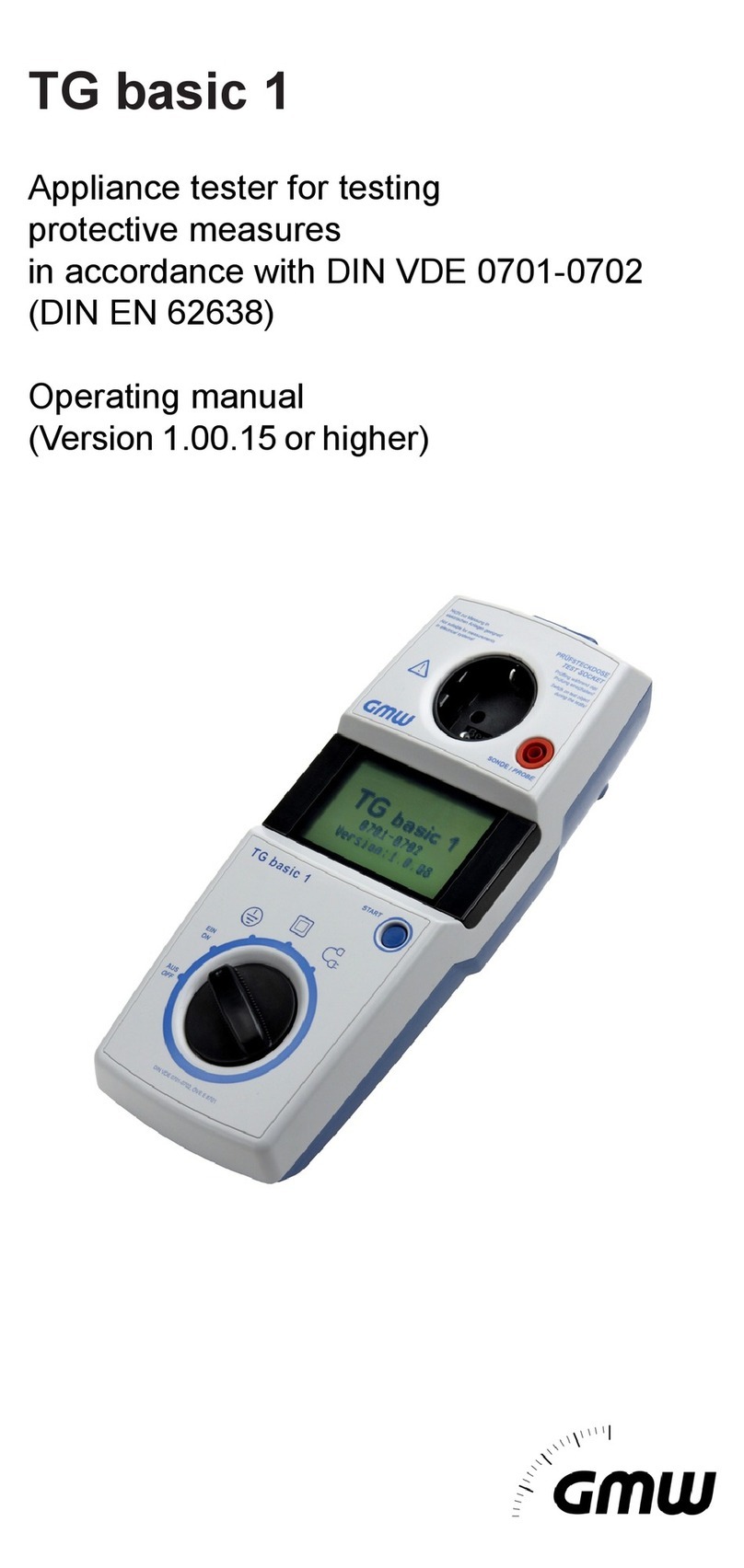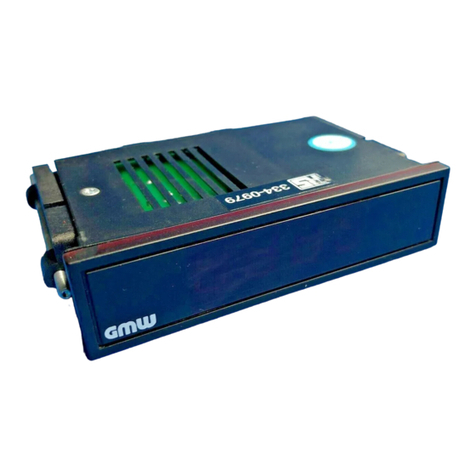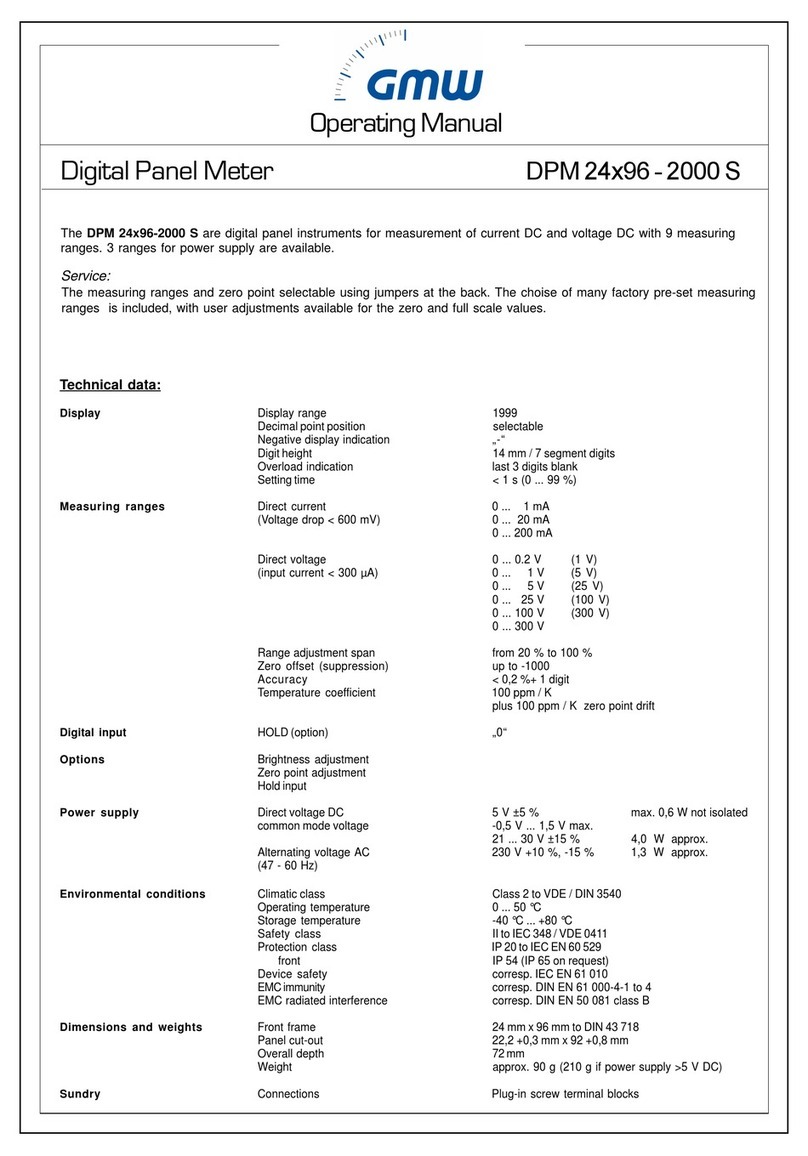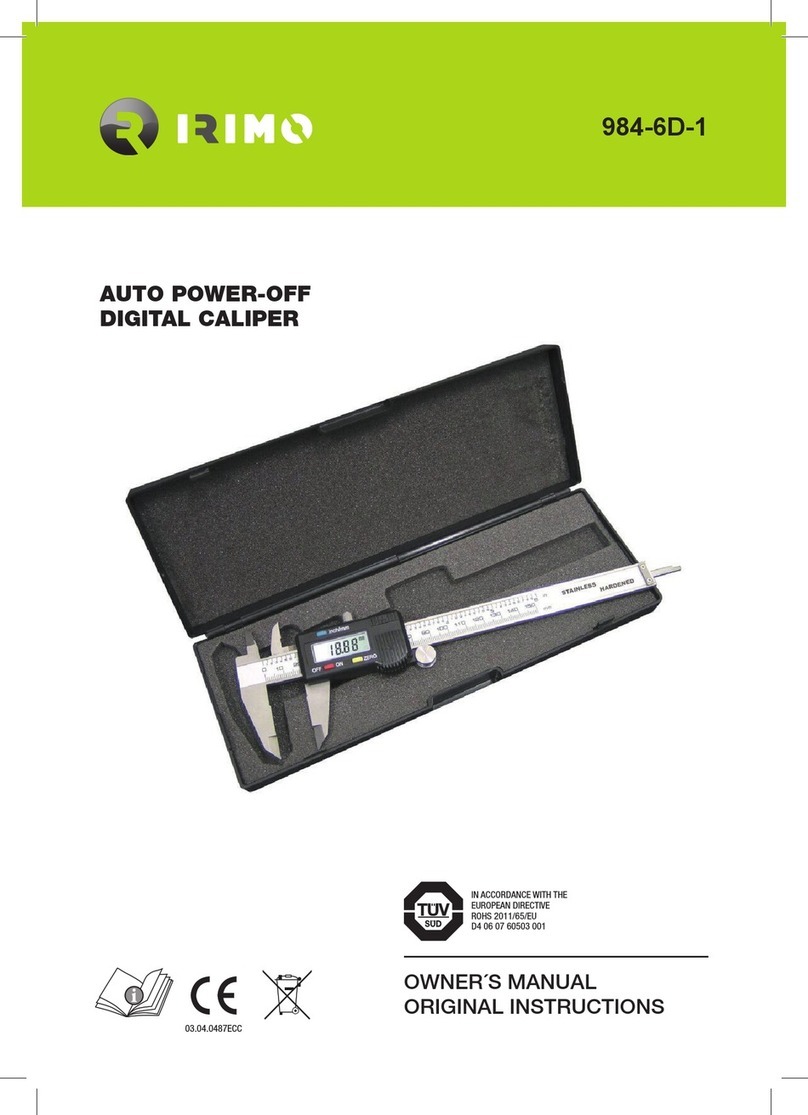
Operating manual for the TG uni 1, TG euro 1 and TG euro 1 med appliance tester
Contents
2
Content Page
1. Safetyinformation................................................................................................4
2. Introduction.............................................................................................................4
2.1 Modelandtypedesignation/identification.......................................................5
2.2 Productdescription................................................................................................5
2.3 Otherequipmentfeatures.....................................................................................5
2.4 Scopeofdelivery....................................................................................................5
2.5 Optionalaccessories.............................................................................................5
2.6 Transportandstorage..........................................................................................5
3. Safetyinstructions..............................................................................................6
4. Appropriateusage...............................................................................................7
5. Operatingelements..............................................................................................8
5.1 Meaningofthesignaltones..................................................................................8
6. Startingup...............................................................................................................9
6.1 Basicsettingsoftheappliancetester..................................................................9
6.2 Compensationofthemeasuringline................................................................10
6.3 Settingthemeasuringmethodforprotectivecond.currentmeasurement .........10
6.4 Settingthedate.......................................................................................................11
6.5 Customer-specificsettings....................................................................................11
6.6 Changingthedurationofateststage...............................................................11
6.7 Enteringthenameoftheinspector....................................................................11
6.8 Activatingthecontrolcode...................................................................................12
6.9 Expertmode.............................................................................................................12
6.10 Selectingthemenulanguage.............................................................................12
6.11 Selectingofthedatamemory..............................................................................12
7. Conducting tests:General information on DIN VDE 0701-0702 ........... 13
8. Conductingtests:Explanationofterminology..........................................14
8.1 Touchcurrent(IB)...................................................................................................14
8.2 Differentialcurrent(ID).........................................................................................14
8.3 Device leakage current (IGA) .............................................................. 14
8.3.1 Substituteleakagecurrent(IEA).........................................................................14
8.3.2 Substitutedeviceleakagecurrent(IEGA)........................................................14
8.3.3 Device leakage current – Alternative measurement (IGA) ............................ 14
8.3.4 Substitutepatientleakagecurrent(IEPA).........................................................15
Content Page
8.3.5 Leakage current from the applied part – Alternative measurement ............ 15
8.3.6 Patientleakagecurrent(IPA)...............................................................................15
8.3.7 Leakagecurrentfromtheappliedpart.............................................................15
8.3.8 Patientleakagecurrent–Mainsvoltageat the applied part .........................15
8.3.9 Leakage current from applied part – Mains voltage at applied part ............ 15
8.4 Insulationresistance(RISO) ...............................................................................15
8.5 Protectivemeasures...............................................................................................15
8.5.1 Deviceswithaprotectiveearthconnector(PCI) ............................................15
8.5.2 Deviceswithoutaprotectiveearthconnector(PCII)......................................15
8.5.3 DevicesconnectedtoPELVelectriccircuits(PCIII)........................................15
8.6 Protectiveconductorcurrent(IPE)......................................................................16
8.7 Protectiveconductorresistance(RPE)..............................................................16
8.8 Visualinspection.....................................................................................................16
9. Conducting tests in accordance with DIN VDE 0701-0702:
Definitionofstandards.......................................................................................17
9.1 Visualinspection.....................................................................................................17
9.2 Measuringtheprotectiveconductorresistance..............................................17
9.3 Measuringinsulationresistance.........................................................................17
9.4.1 Measuringtheprotectiveconductorcurrent....................................................18
9.4.2 Measuringtouchcurrent.......................................................................................19
9.5 Inspectingtheinscriptions....................................................................................19
9.6 Functiontest.............................................................................................................19
9.7 Documentation.........................................................................................................19
9.8 Diagram1:Testprocedurefordeviceswithprot.conductor(PCI)...............20
9.9 Diagram2: Test procedurefor devices without prot. conductor (PC II) ........ 21
10. Conducting tests with the appliance tester: According to DIN
VDE 0701-0702, Example 1 - devices with protective conductor (PC I) ...... 22
10.1 Visualinspection.....................................................................................................25
10.2 Protectiveconductorresistance..........................................................................26
10.3 Insulationresistance..............................................................................................26
10.4.1 Protectiveconductorcurrent (substitute leakage current) ........................... 27
10.4.2 Protectiveconductorcurrent................................................................................27
10.5 Functiontest.............................................................................................................28
10.6 Inspectingtheinscriptions....................................................................................28
10.7 Documentation.........................................................................................................29































